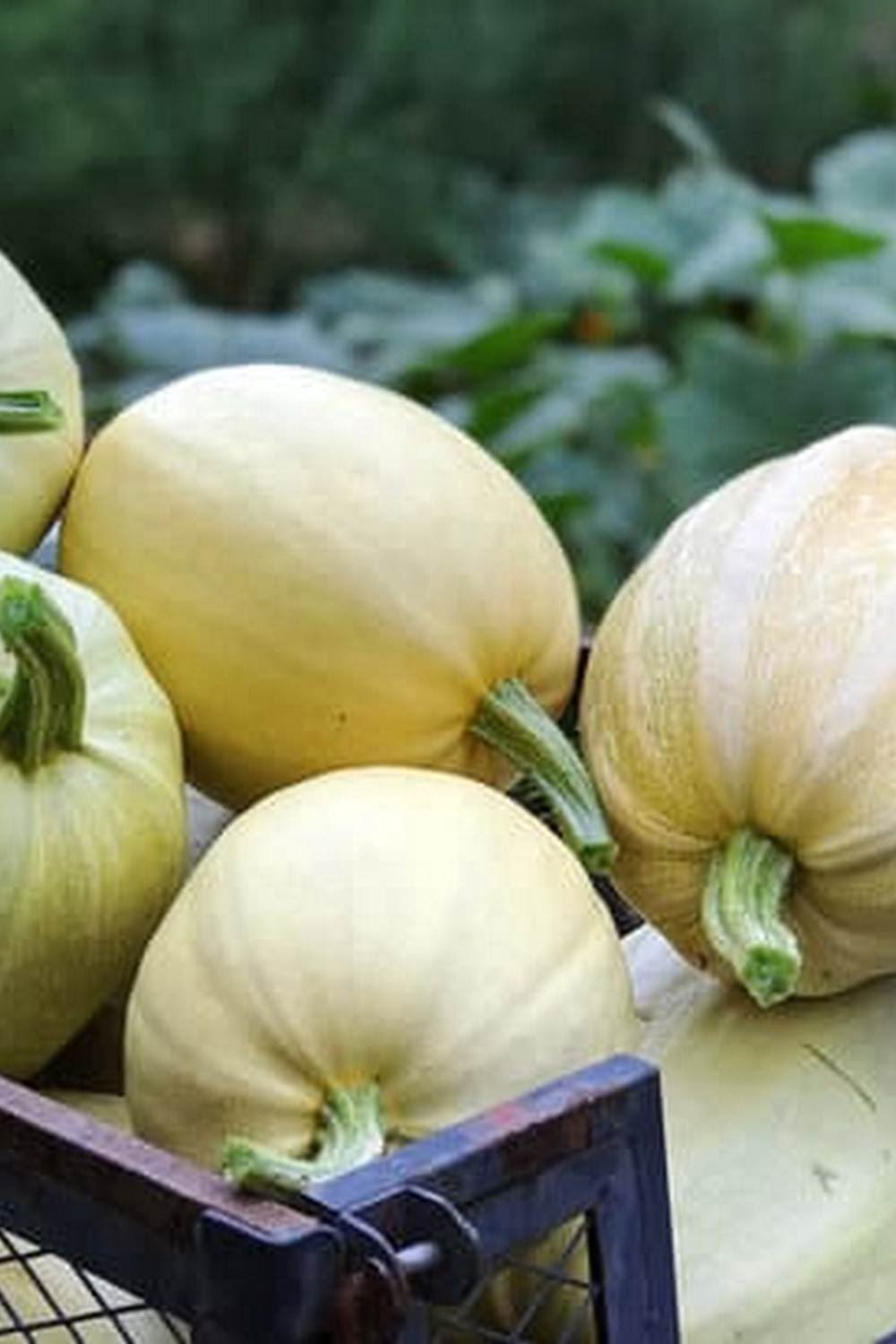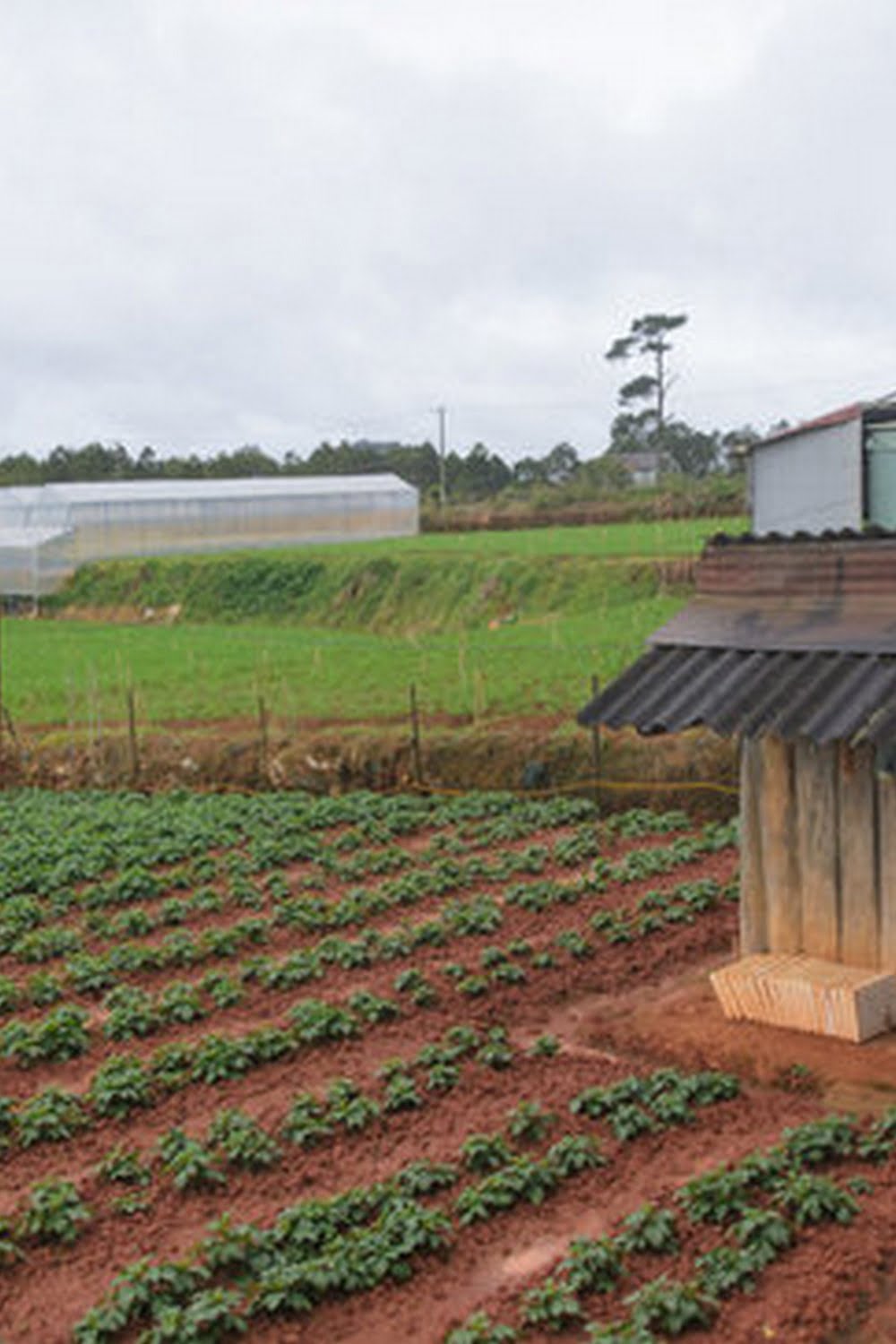Are Raised Garden Beds Better For Vegetables
?
The answer to this question is a resounding yes! There are many reasons why raised garden beds are better for vegetables. First and foremost, raised garden beds provide better drainage than in-ground gardens. This is important, because it ensures that your vegetables have access to the oxygen and nutrients they need to grow healthy and strong. Additionally, raised garden beds are warmer than in-ground gardens, which is ideal for crops like tomatoes and peppers. Finally, raised garden beds are easier to access and tend than in-ground gardens, making them the perfect choice for busy gardeners!
Raised Bed Vegetable Garden Layout
When it comes to vegetable gardening, there are a few different layout options to choose from. One popular layout option is the raised bed vegetable garden.
A raised bed vegetable garden is a garden that is created by stacking soil or other materials such as stones or bricks to form a raised bed. This type of garden is ideal for small spaces, as it utilizes vertical space to create more growing room.
Another benefit of raised bed vegetable gardens is that they are easy to maintain. The soil in a raised bed warms up faster in the spring, which means you can start planting earlier. The soil in a raised bed is also less likely to become compacted, which can be a problem in traditional gardens.
When designing your raised bed vegetable garden, it is important to consider the different types of vegetables that you want to grow. Some vegetables, such as lettuce, are best grown in cooler weather, while other vegetables, such as tomatoes, are best grown in warmer weather.
In general, you will want to place taller vegetables in the back of the garden, and shorter vegetables in the front. You will also want to make sure to leave enough space between each vegetable to allow for airflow and proper growth.
If you are new to vegetable gardening, it is a good idea to start with a smaller raised bed, such as 4’x4′. As you become more experienced, you can then expand your garden to include larger raised beds.
Raised Vegetable Garden From Pallets
Looking to start a vegetable garden but don’t have the space or money for a traditional garden plot? Well, look no further! You can create a raised vegetable garden from pallets in no time at all and for very little money.
pallets are readily available for free or very cheap from most businesses. Just be sure to ask before taking any!
To make your raised vegetable garden, you’ll first need to gather some materials. You’ll need:
– Four pallets
– A hammer and nails
– A drill with a 1″ hole saw
– A level
– A tape measure
– A saw (optional)
Once you have your materials, it’s time to get to work.
1. Start by assembling your pallets into a rectangular shape. Use a hammer and nails to secure them together. If you’re not comfortable using a hammer and nails, you can also use a drill with a 1″ hole saw to create the joints.
2. Next, use a level to ensure your pallets are evenly spaced and then use a tape measure to mark the height and width of your garden.
3. Use a saw (optional) to cut your pallets to the desired size.
4. Once your pallets are cut to size, use a drill with a 1″ hole saw to create drainage holes in the bottom of each pallet.
5. Finally, use a level to make sure your raised vegetable garden is even and then fill it with soil.
Congratulations, you’ve created a raised vegetable garden from pallets! Now it’s time to start planting!
Garden Soil For Raised Vegetable Bed
When it comes to soil for your raised vegetable bed, you want to use a soil that is light and fluffy, yet still has good drainage and is rich in organic matter. A soil mix like this can be easily created by combining garden soil, compost, and peat moss.
To start, mix together one part garden soil, two parts compost, and one part peat moss. If the soil in your garden is heavy and clay-like, you may need to add more compost to lighten it up. Once the soil is mixed together, it should be light and fluffy, with good drainage.
If you have a raised vegetable bed that is already filled with soil, you can add a layer of compost on top to improve the soil quality. Compost is a great source of organic matter, which helps to improve soil drainage and fertility.
No matter what type of soil you are using, it is important to test the pH level. The pH of your soil can affect the growth of your plants, so it is important to make sure it is in the correct range for your plants. Most vegetables prefer a soil pH of 6.5-7.0, but you can check the pH level of your soil with a soil test kit. If the pH level is not in the correct range, you can add lime or sulfur to adjust it.
Drip Irrigation For Raised Bed Vegetable Garden
Drip irrigation is a great way to water your raised bed vegetable garden. It is more efficient than using a hose because it delivers water directly to the plants’ roots, where it is needed most. It is also less likely to wet the leaves and soil, which can cause disease.
To set up a drip irrigation system for your raised bed vegetable garden, you will need:
-A hose timer
-A hose
-A Y-splitter
-A drip irrigation kit
The first step is to attach the hose timer to the hose. Connect the Y-splitter to the timer, and then connect the drip irrigation kit to the Y-splitter. Turn on the hose timer and set it to the desired watering time.
The drip irrigation kit will then deliver a slow, steady stream of water to the plants’ roots. Be sure to place the drip emitters near the plants’ roots, and water the plants for the recommended amount of time.
Drip irrigation is a great way to water your raised bed vegetable garden. It is more efficient than using a hose because it delivers water directly to the plants’ roots, where it is needed most. It is also less likely to wet the leaves and soil, which can cause disease.
To set up a drip irrigation system for your raised bed vegetable garden, you will need:
-A hose timer
-A hose
-A Y-splitter
-A drip irrigation kit
The first step is to attach the hose timer to the hose. Connect the Y-splitter to the timer, and then connect the drip irrigation kit to the Y-splitter. Turn on the hose timer and set it to the desired watering time.
The drip irrigation kit will then deliver a slow, steady stream of water to the plants’ roots. Be sure to place the drip emitters near the plants’ roots, and water the plants for the recommended amount of time.

If you’re looking to get into vegetable gardening, or are just looking for some tips on how to make your current garden better, then you’ve come to the right place! My name is Ethel and I have been gardening for years. In this blog, I’m going to share with you some of my best tips on how to create a successful vegetable garden.





